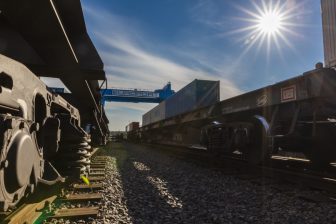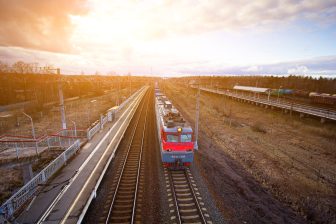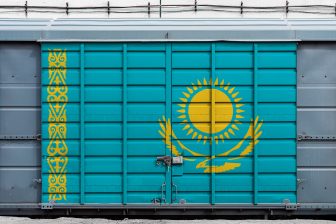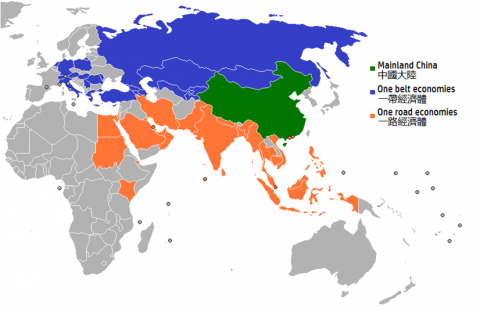
‘West invests more in Belt and Road than China’
The West, and Europe in particular, could be a little more confident towards China when it comes to investments made in the region marked by the New Silk Road. This is the conclusion of German researchers. It appears that the total investments of the West amount to more than the Chinese investments.
The German Bertelsmann Foundation, owned by the German media company Bertelsmann, recently published the results of a study entitled “What the West Is Investing along China’s New Silk Road”. They looked at the total investments of the West and China in countries that are considered part of the Belt and Road project. The results show that the total investments of the West amount to more than the Chinese investments.
Total investments
The German researchers looked at the total of Chinese investments in the period 2013-2017 and compared these figures with the total investments of the West. During this period, the West invested around 290 billion US dollars in the so-called ‘Belt & Road region’ (the Eurasian continent and Africa), compared to about 285 billion US dollars from China.
An analysis of individual countries even shows that for a substantial majority, financial flows from the West were more significant than those from China. Only in Kazakhstan, Pakistan and Laos are the Chinese investments considerably larger than the Western ones.
The investments of the West are often characterised as development policy, in contrast to the Chinese investments that mostly only have an economic purpose. The study also reveals that Chinese investments are starting to decrease (since a peak in 2015) and that investments promised do not always come though. Of course, the Chinese continue to invest, but the West could have a little more confidence, the researchers said.
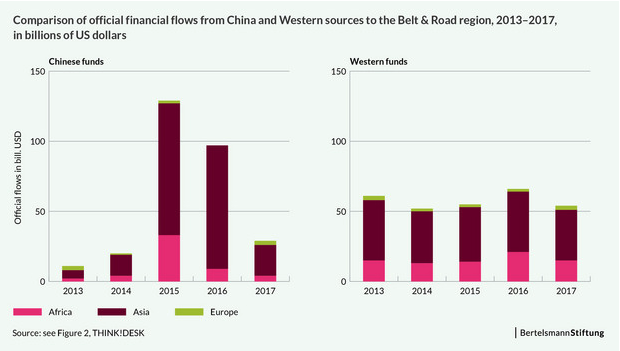
Hungary an example
Policymakers and critics in the EU have occasionally voiced strong criticism of Chinese investments done in Europe. A good example is Hungary. The country has been blamed for a lack of loyalty to the European project by accepting Chinese investments, including investments in the Budapest – Belgrade railway line. This railway line, which runs to Greece and Bulgaria, is part of the TEN-T corridor network of the EU.
As a member of the EU, the country has also repeatedly boycotted joint decisions from EU member states and aligned itself with Chinese interests and efforts. However, Hungary already had a special relationship with China before the Chinese Belt and Road initiative was launched. The current government has pursued an ‘opening to the east’ policy since 2010. Despite all these policies and investments, the EU remains the largest investor in Hungary.
Similar goals
In 2018, the EU launched a connectivity strategy to promote connections between Asia and Europe. It was a first step in response to the Belt and Road initiative. According to the German researchers, Europe does not have to take an counter position with regards to the New Silk Road. According to them, Europe and China certainly have similar goals in certain areas.
Do you want to know more about the New Silk Road and its latest developments? On 26 and 27 November the European Silk Road Summit takes place in Venlo, the Netherlands. At this two-day international event more than 35 speakers and around 250 delegates will share their experiences, expertise and latest news. Registration for the event is now open. The programme and speakers can be found on the website.
Author: Fabian Vendrig



